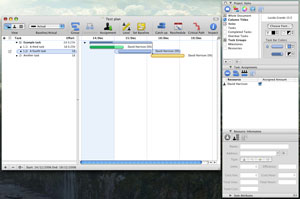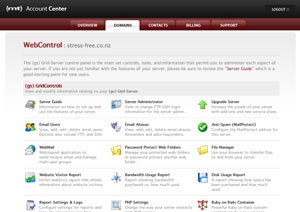Leopard is the next version of OSX due for release mid-next year. When first introduced to Mac developers a number of significant Leopard features were purposefully kept 'secret'. Perhaps one feature hinted at that is now beginning to appear in the latest development builds is support for the ZFS filesystem.
ZFS is a fantastic file-system developed by Sun Microsystems for use initially in their Solaris operating system. ZFS is arguably the most advanced, generally available file-system which supports massive disk sizes, unlimited file attributes, sophisticated volume management (including snapshots) and great RAID support. If these reports are true then it maybe an indication of how Leopard's Time Machine functionality maybe finally implemented. ZFS would provide a fast and efficient snapshot mechanism that would work far more efficiently compared to creating multiple standard backups or even incremental backups as what would be required using a conventional file-system.
Even if ZFS is not used in Time Machine it is still great to see such a file system will be available for OSX especially at the server level where the majority of ZFS features are targeted. Hopefully in the future we will see ZFS take the role of OSX's default operating system allowing the venerable HFS+ format to be finally retired.






